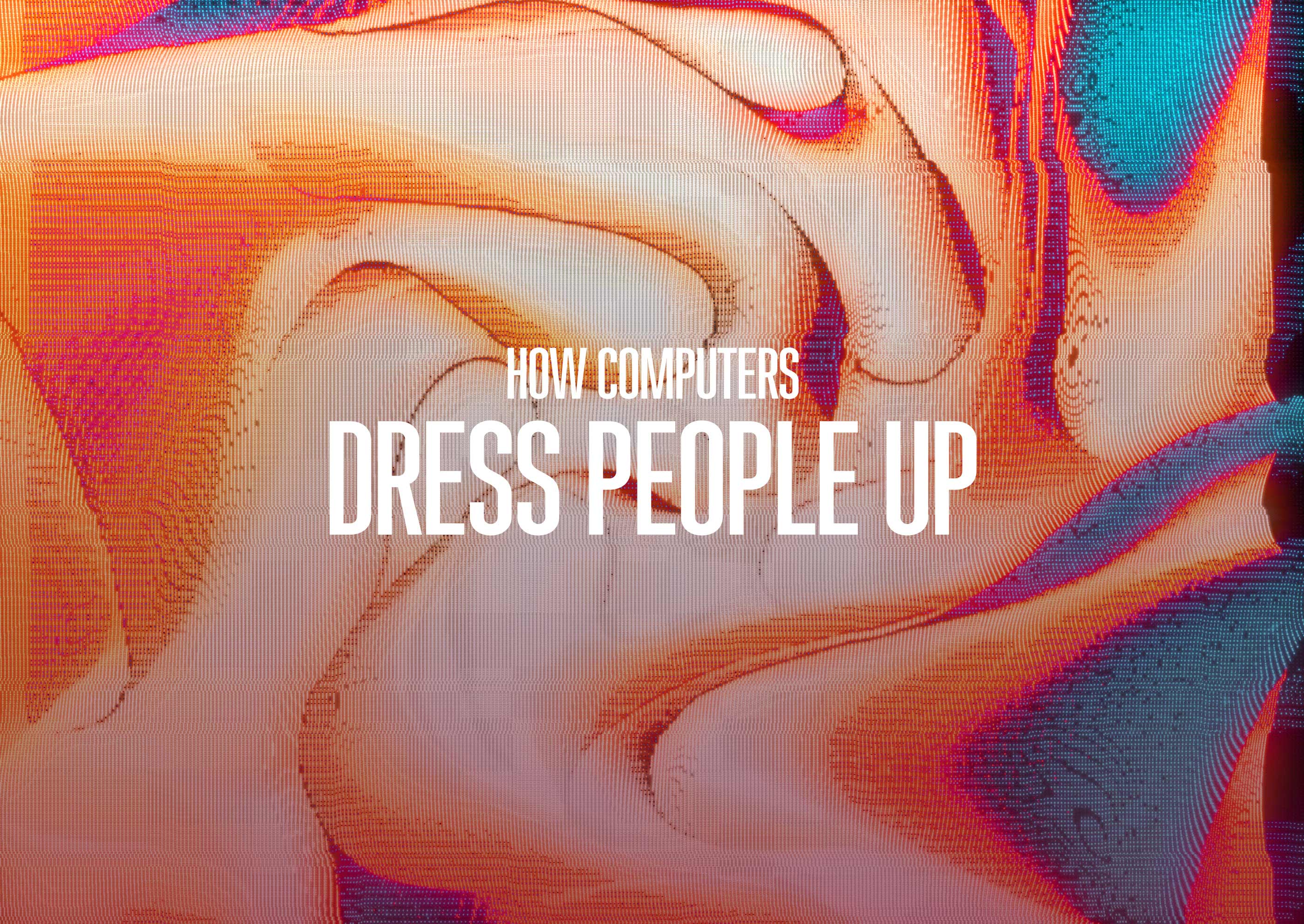

Today, 42% of the world's clothes and shoes are bought online. It has become easy to choose a new item on a website or app, gauge if the style suits you, guesstimate the size, and order. We often don't even think twice about it. In addition, lenient return policies often encourage people to buy several times more clothes than they need — so they can try everything at home and keep only those things that fit.
But the hidden consequences of this behavior is a high cost to the business (which, of course, is included into the price). The ability to reduce costs is becoming a competitive advantage for many companies. That's why AI solutions for virtual fitting are coming to the stage.
In a simple case, an AR/VR application allows you to "put on" clothes on a virtual mannequin (the size and shape of the body can be chosen in advance from the presented ones, or you can "take" measurements from yourself). For example, this is how such a virtual fitting room works in GAP.

Computer vision in fashion also allows you to try on clothes directly in AR-mode. It is convenient to do this with shoes: just point the camera at the foot, and the AI will put the shoes right on it, and you can move the foot and change the angle of view, evaluating the look from all sides.
If you're not sure about your size, AI tools can help you too. For example, FitWise will determine your body measurements from photos and videos — with high accuracy.
Balenciaga offered an AI in fashion solution in its Sneaker Virtual Try-On — users can try on sneakers from the new 2024 collection right at home. This helps to choose shoes that cost several hundred dollars more confidently. In addition, the app has a viral effect — users are allowed to take "snapshots" and publish them on social networks. Nice AI fashion tool!

In general, virtual fitting rooms already work for most major brands: Adidas, Asics, Lacoste, New Balance, Puma, Reebok, Superga, and Saucony. Companies realize that the more active customers try on clothes using computer vision technology, the less they return clothes that don't fit or that they "bought" just to try on at home.
Let's make AI and CV fit perfectly with the needs of your business. Read more about how we help companies sell better and delight customers more often.
One of the most advanced AR technologies is even going to the field. Stores have started installing Smart Mirrors — devices with a large screen and camera. The AI "tries on" clothes directly on a person, allowing them to move freely and view themselves from different angles. You can try on dozens of different styles, sizes, and colors without even touching the clothes. Such solutions help to avoid queues in the fitting room and reduce the cost of maintaining tons of clothes that get worn out and damaged during fitting. And it’s fun!

But what do you do if customers are still returning clothes after buying them? In this case, computer vision and artificial intelligence also have some work to do — for example, in the automated check of the items in the warehouse.
Today, retailers have to keep a significant number of employees in processing centers. People unpacking boxes and bags, manually checking the condition of things, scanning tags — all this can be done by AI and robots.

Such a solution works in the warehouse of the French retailer Motoblouz.com (the company specializes in automotive equipment). Computer vision systems help warehouse staff to quickly assess returns. In addition, the robotic storage system allows for optimal storage of more than 60,000 SKUs in a 2,500 m² warehouse.
Such computer vision systems are an important tool for marketing specialists and companies. It can be used to research the tastes and habits of an audience. You can literally see what people wear, how they combine items of clothing. And you can provide each user with customized recommendations to increase cross-sales. This is how AI in the fashion market works.
Newly emerging startups even allow you to "steal" a look from a random person: you upload a photo, the algorithm recognizes all clothing and models, then looks for them in retail databases — so you can immediately order the same items.

Similar solutions are already working not only in Asos, but also at Amazon. And Amazon's StyleSnap can even recognize interior items.
We at OpenCV.ai can help your fashion business pump up its sales with computer vision technology. Come talk to us about your challenges!
